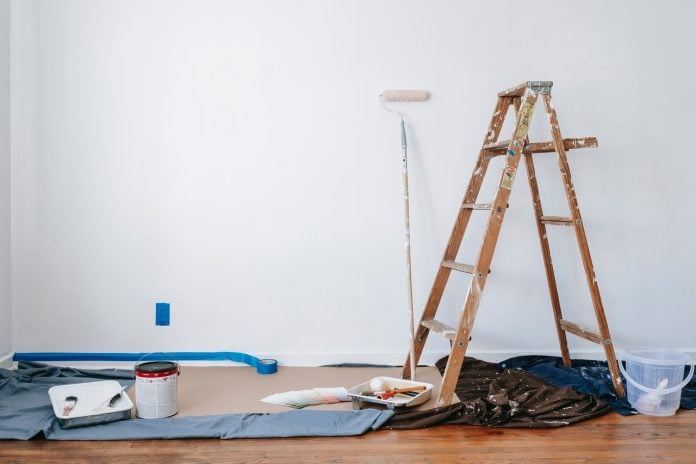Must-Have Products for Your DIY Architectural Project
A DIY architectural project involves using different materials, all fastened to each other. Such supplies include wood, metal, glass, and fiberglass, giving your building a great appearance and functionality. But with time, materials can develop issues with time, and you can choose to repair or seal the joints. As such, you’ll need to use suitable products designed for the task. Here are the best must-have products for your DIY architectural project :
1. Sealants
Sealants are ideal for sealing, blocking, or closing gaps between building materials. It prevents fluids, air, and pests from passing through or filling the cracks in concrete, fiberglass, and other rigid architectural materials.
Also, it seals joints where dissimilar materials meet, filling irregularities that might exist on the two surfaces. You can also use sealants to dress up gaps around window and door trim. But ensure you pick the right product to repair for better results.
Types of sealants
There are numerous types of sealants, each with its pros and cons. Some of the standard options include:
- Polyurethane sealants: if you’re looking for a tough sealant that adheres to nearly all architectural projects, polyurethane is the best bet. The sealants create solid bonds and seal joints effectively. Also, there are abrasion resistant, flexible, and paintable and can come in tinted hues. You can find various types of polyurethane, each with ideal application and benefits.
- Water-based sealants: Also known as latex, these type is popular in architectural projects for sealing gaps between moldings, doors, and windows. It is easy to apply and clean up, dries quickly, and is paintable.
- Acrylic sealants: It is paintable, making it ideal for outdoor applications that need color matching, such as concrete cracks and weather-exposed repairs.
- Butyl sealant: It is rubber-based and flexible, provides a long service life, and resists UV rays, moisture, and aging. Also, butyl sealants are water-resistant but don’t accept paint well.
2. Superglue
Super glue is an ideal fast-bonding, high-strength, instant adhesive that works well with all materials. It is resistant to temperature and moisture, and you can use it to fix stone, metal, glass, ceramic, and other architectural substances.
It was invented by Dr. Harry Coover in 1942 during his attempt to create plastic gun sights. It is based on acrylic monomer, transforming into plastic once it cures. The monomers harden when they come into contact with the surrounding air moisture. Also, super glue is sticky, allowing the material to keep in place until the curing process finishes.

3. Contact adhesives
Contact adhesive glue is an organic solvent to apply to surfaces to create a flexible and permanent bond. It helps you bond glass, mirrors, ceramics, and concrete, and you can use it in most home decoration projects.
Some of the benefits of contact adhesives include:
- It offers more longevity and consistency
- Easy to apply; hence ideal for your DIY project
- Available in solvent-based and solvent-free forms
- It is resistant to heat and water
- It dries faster than other adhesives
4. Spray adhesives
Spray adhesive is another essential product for DIY architectural projects. It is a form of contact adhesive applied in a liquid form that quickly dries and cures in different ways. It provides a robust and permanent bond between two surfaces, such as metal, plastic, wood, etc.
How do spray adhesives work?
The adhesive is pressurized inside the airtight can. When you press the button, the ingredients escape onto the material and start drying.
The glue doesn’t dry up in the can because the can contains solvents that prevent the adhesive from drying up. But the solvent stops working when the adhesive exit the can, allowing the glue to dry and cure.

5. Surface treatments
Surface treatment is altering the surface of a substrate, converting it into a different state. You can use it to protect and restore metal surfaces, especially when building a steel pergola in your home. It removes rust from metal surfaces, including iron and steel. As such, your adhesive can achieve a stronger bond, uniformity, and durability. You can get various surface treatment products with unique usage and purpose.
Factors to consider when choosing the best product for Your DIY Architectural Project
- Part cleanliness: The cleanliness required for applying an adhesive plays a crucial role when choosing the products.
- Working life: Know the cure time of the product and its durability when choosing the product.
- Required performance: If you’re looking for better quality repairs, invest in products that provide optimal performance.
- Environment characteristics: choose a product that can withstand your environment after application.
Conclusion
The products you’ll use can make or break your architectural project. So it is essential to invest in quality products that offer desired results. This will guarantee quality repairs, fixing, bonding, building, and more.





